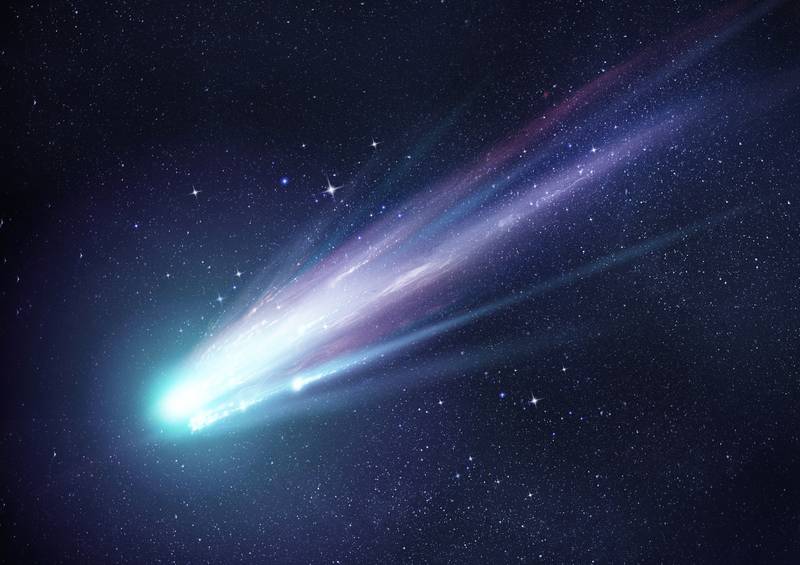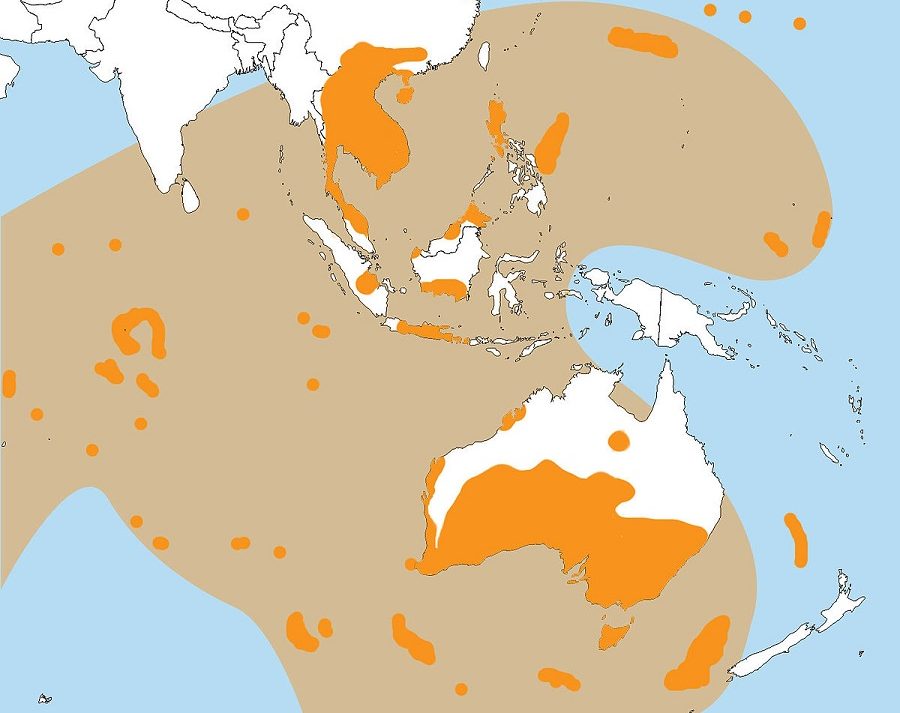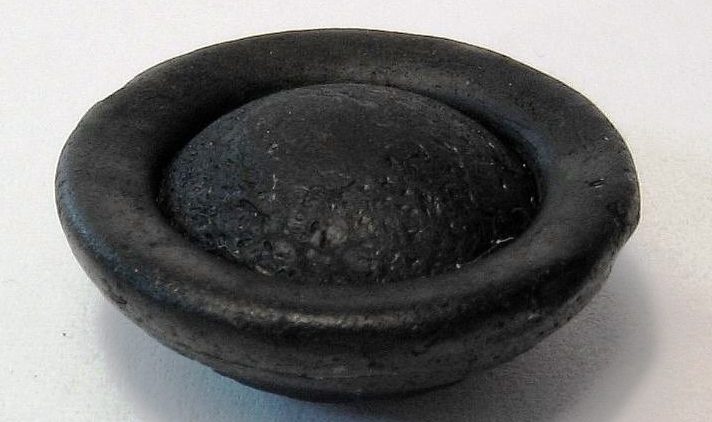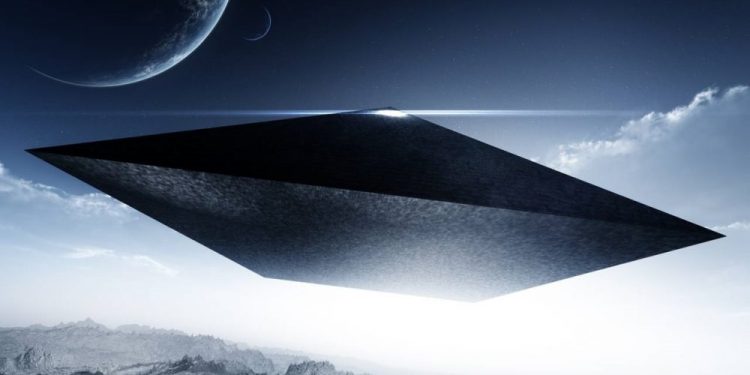There are many famous cases of Unidentified Flying Objects (UFOs) in the last few decades, but we all wonder when this mysterious aerial phenomenon really began. When was the first-ever UFO sighting?
Most people will have heard of the Kenneth Arnold flying saucer sighting in 1947 or the infamous Roswell craft crash of the same year. Since then a long list of UFO incidents has made global headlines, from the strange tale of Travis Walton being beamed aboard an alien vehicle to the US naval pilots that captured a hypersonic tic-tac shaped object on their camera systems.
Unidentified Flying Objects and Unidentified Aerial Phenomena (UAPs) are increasingly dominating our news headlines. The US Department of Defence has begun to engage other nations, such as Japan, to form an allied web of monitoring the skies for anomalous visitors. One former defence professional that worked in the US government’s UFO program (AATIP), Luis Elizondo, has even referred to the potential ancient roots of this phenomenon on a popular History Channel show. Just how far back do these encounters and manifestations go into our planet’s history?
The answer may well be shocking for everyone.

It seems like the first anomalous object in our skies was witnessed by not by any modern humans but by our evolutionary ancestors, archaic hominins called Homo erectus, around 780,000 years ago!
In a series of NASA studies it was discovered that around 780,000 years ago, a strange object arrived from the depths of space. This body was kilometres across and should have been travelling at speeds well over 20,000 miles per hour, typical for large natural bodies travelling through the solar system (some move many times faster). When a large body plummets toward Earth at these colossal velocities there are two possible results, either the object will be accelerated past by our planet’s gravity, or it will impact the surface. That second scenario is cataclysmic in nature.
However, in the NASA studies what was revealed was that the object parked itself in orbit, as though it could somehow decelerate. While some exceedingly small, car-sized, rocky bodies can end up temporarily orbiting Earth our planet is just not sufficiently massive to have such an effect on something in the multiple kilometre’s diameter ranges. Jupiter and Saturn, for example, wield astonishing gravitational pulls and have been known to divert speeding comets, but that does not happen with the small rocky worlds of the inner solar system.
The strangeness does not stop there.

After an unknown period in orbit, the bizarre visitor underwent an extended process of superheating or self-melting reducing it to glass. Blobs of frozen liquid glass then rained down across a huge swathe of the Earth, from Antarctica to Southern China. Chemical analysis of the recovered debris reveals that whatever this thing was it had once been perhaps 75% quartz crystal, a material central to our information processing technologies, along with a significant amount of aluminium, iron, calcium oxide, magnesium oxide, potassium oxide and various trace elements. Intriguingly many of these are compounds that have properties potentially relevant for spacecraft design.
No known natural cosmic visitors, whether comets, meteorites or asteroids, are ever composed of greater than 60% silica. In more than one study scientists suggest that the object contains traces of isotopes pointing to an interstellar origin, potentially making this the first-ever scientifically recorded visitor to our solar system.
It is thanks to the detailed analysis of the glass-like debris, called australite tektite, that we have learned so much about this unexplained ancient voyager from beyond. Still today, after a century of investigations, nobody is quite sure what it was, where it came from, or how it ended up in orbit before exploding, making this source body the first-ever recorded Unidentified Flying Object.

Some researchers have tried to explain the australite mystery by invoking a huge asteroid impact somewhere in Southeast Asia while others claimed it must be the result of a chunk of the moon being blown off and sailing our way. These hypotheses have been debated for decades, while each has compelling merits unfortunately both fail to explain the observed evidence.
The lunar hypothesis had the advantage of explaining how a glass-like substance might shower down on us from space. If an asteroid impacted the lunar surface and blew off a lot of melted rock, it is possible some of the resulting tektite material might head our way. This idea eventually fell out of favour after it was discovered that the moon was not made up of the type of material that would fit with the australite debris.
The terrestrial impact hypothesis offered the compelling point that the glass contained compounds which could fit with some mixed shales on Earth. Could a fast-moving object hit us hard enough in just the right place to explain the enormous debris field and peculiar glass formation? While this model remains popular the answer is, no. It is very clear in the NASA studies that the so-called australite buttons formed in space during a period of extended heating before gradually making atmospheric entry. Not only do they contain virtually no water, but they even contain bubbles of hard vacuum.
Perhaps most problematic of all is that according to the observations, with reference to the well-accepted stokes’ law for frictional force on liquids, the tektite glass must have been heated in a particular way that removed most of the bubbles and left a very homogenous material. In an impact, the energy release is extremely powerful but also short in duration. This rapid heating and cooling would create glass with a lot of bubbles and the material wouldn’t be homogenous. Some pieces should have inclusions of partially melted rock or different elements from the varied geological composition of the impact site. In short, the extended heating and fining of the source material for australites just can’t be assigned to an impact event without breaking well-established physical laws.

If this wasn’t a piece of the moon breaking away or any known natural object hitting our planet, what the heck could it be?
Incredibly, many of our astrobiologists and astronomers are vocal in their expectation that one day our world will be visited by post-biological alien artificial intelligence, extraterrestrial beings existing in the form of huge mobile silica networks. Could it be that one of these hyper-advanced entities already paid Earth a visit with our distant Homo erectus ancestors watching their vast silica network craft orbiting above their heads in the night sky?
The anomalous heating process that led to this highly refined and homogenous australite tektite material might well have been the result of a critical failure in whatever exotic drive technology that allowed this alien intelligence to move around our galaxy.
Additionally intriguing is the fact that 780,000 years ago, our planet went through its last recorded complete geomagnetic reversal. The full switch over of the north and south magnetic poles. Could this profound planetary energy shift somehow be linked to the world’s first recorded UFO and whatever events led to its destruction?
Join the discussion and participate in awesome giveaways in our mobile Telegram group. Join Curiosmos on Telegram Today. t.me/Curiosmos











